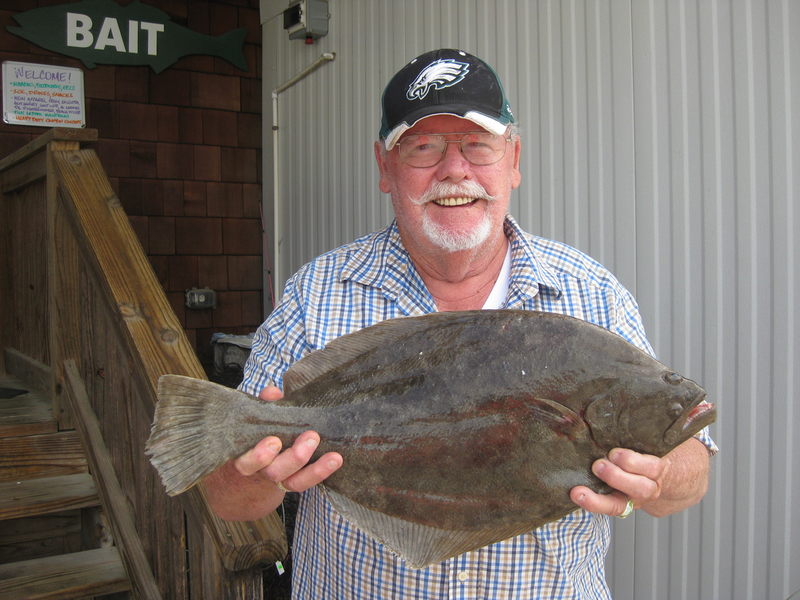Over the past few weeks there have been some interesting comments made about catch-and-release fishing. In one case, the practice should be more widely used, while in the other it just doesn’t make much sense.
Catch-and-release striped bass fishing should become as well used as it is in freshwater bass fishing. We have to stop killing large female rockfish if we want the species to grow and prosper.
If you don’t believe this practice will produce the results we all want, just look at what has happened to red drum. This fishery does not permit the killing of any red drum over 28 inches. The slot limit has been so successful that drum are now a common catch as far north as New Jersey and no one can ever remember the number of big reds currently available at the mouth of the Chesapeake Bay. As an example, my son Ric and a friend caught and released 16 reds in the 45- to 50-inch class there last Saturday evening. Can you imagine catching and releasing 16 trophy rockfish in one evening? If we stop killing the large females, I know it is possible.
While catch and release is the best practice for rockfish, it is not likely to take hold in the sea bass fishery. Actually, we do practice catch and release with sea bass, not because we want too, but because we have to. With a 12.5-inch minimum size, we release 10 to 15 sea bass for every one we are able to keep.
A good friend of mine posted a photo of a limit catch of sea bass taken during the first week of the current season. The comments he received were amazing. Apparently, there are a great deal of people out there who have no idea what they are talking about.
Other than the mandatory catch and release mandated by law, no one deliberately plays catch and release with keeper sea bass. They are too hard to come by, taste too good, fare well when properly frozen and cost a lot of money to go after. A limit of sea bass is a rare thing except during the first week or so of the season when all the keepers are caught. After that it is a slow pick when even the best fishermen have trouble catching a half-dozen keepers, let alone a limit of 15.
In another example of people not understanding the situation, I had a letter from a man who had gone out on a head boat. He was with a friend and when the letter writer caught a big sea bass he decided to let it go and get a release citation. As soon as that fish hit the water the mate scooped it up and gave it to one of the other customers. The letter writer was furious! He wanted me to print the story accusing the mate of stealing his fish and violating the rules of catch and release.
I wrote back trying to explain that most head boat patrons, myself included, do not pay good money to catch and release fish that are large enough to keep. We will box any legal fish and consider it a mortal sin to toss back a keeper, especially a big sea bass.
It took a while for catch and release to take hold in billfish tournaments, but today almost all marlin are released even in contests where a dead fish wins the top prize. However, those same people will never release a legal tuna, wahoo or dolphin. There is a reason why these are known as meat fish.
When you are out on your own boat or fishing from shore you certainly have the right to release any fish you catch. However, when fishing on a head or charter boat, while you still have that right, you may want to reconsider releasing a keeper sea bass, flounder or any other legal fish.
Unusual summer flounder
My good friend Bob Baker recently caught a very unusual summer flounder. He was fishing out of Wachapreague, Va., when he caught a right-eyed summer flounder.
As regular readers know, I consider Bob the best flounder fisherman around, and by his own count he has landed at least 10,000 summer flounder, a figure I do not doubt. This is the first right-eyed summer flounder he has seen.
You determine what eyed flounder you have by laying it on a cleaning table and if the eyes are on the right it is a right-eyed flounder. On the left and you have a left-eyed flounder, which is what all summer flounder are supposed to be.
Fishing report
Nothing has changed since last week. The bay is full of croakers. Flounder are available, but scarce. Good tuna fishing in the canyons.























































